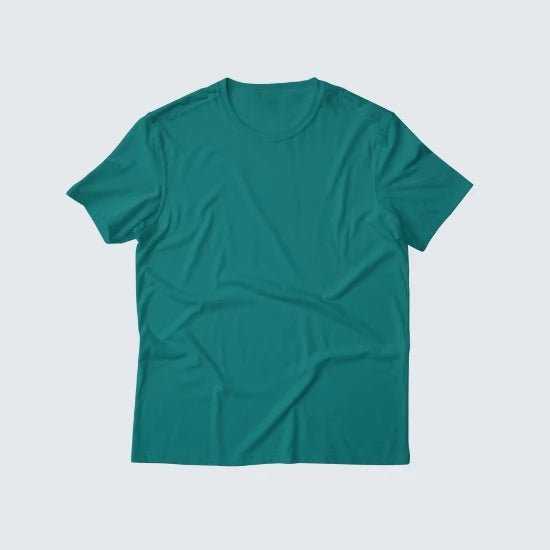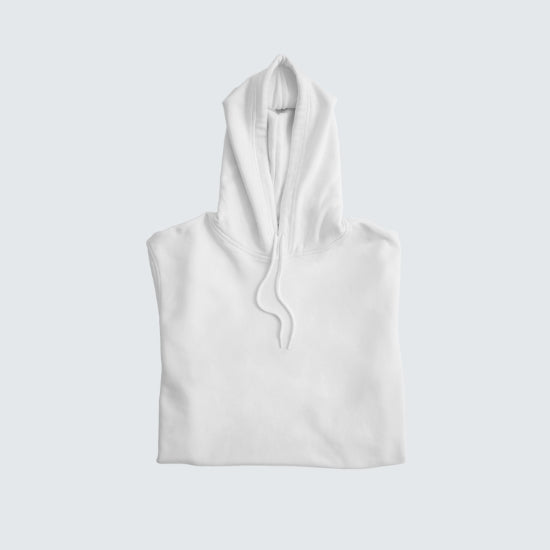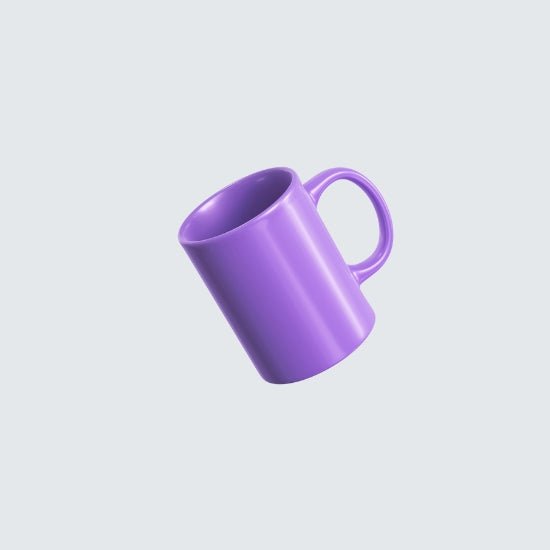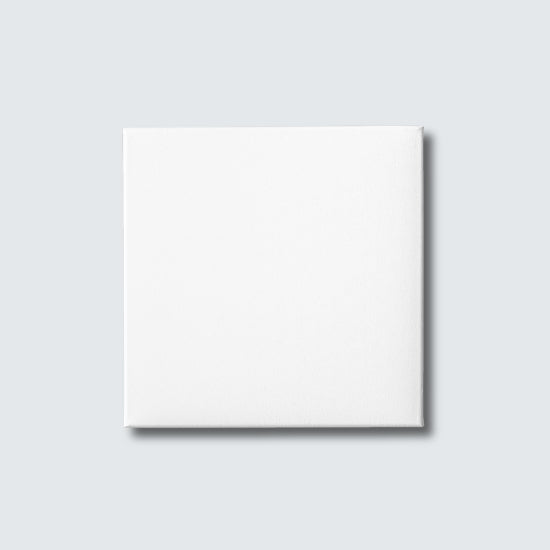
Best Garment Printers of 2025: Your Guide to Choosing the Perfect Printer for Your Project
Share
🔵 Quick summary before you start:
Before you delve into the article, here's an overview that summarizes the most important information you'll find here:
| element | the details |
|---|---|
| Best type of printer | DTF for printing on multiple types of fabrics |
| Suitable options for beginners | Small DTF printers or thermal printing |
| Selection criteria | Print quality, operating cost, production volume |
| Top Brands | Epson, Brother, Ricoh, Procolored |
The Clothing Printing Revolution: How Printers Changed the Fashion World
The fashion industry has undergone a radical transformation over the past two decades thanks to significant advances in garment printing technology. Fabric design is no longer the preserve of large factories; individuals and small business owners can now easily and efficiently produce custom designs.
Garment printers have opened the doors to creativity for many, whether through launching private labels or offering print-on-demand services. This technology provides complete flexibility in design execution, helping us meet customer requests faster and more efficiently.
Among the most notable changes that printers have introduced to the world of fashion:
- Empowering small designers to compete with larger companies.
- Accelerate production cycle to meet rapidly changing market demands.
- Creating new trends based on personal and unique designs.
Key factors for choosing a garment printer that suits your needs
Choosing the right printer is a crucial step that will determine the success of your project. There are several factors to consider before making your decision:
Print type
Garment printers are available in several types, each with specific features and uses:
| Print type | Features | Disadvantages |
|---|---|---|
| DTF | High flexibility, prints on many types of fabrics | Additional steps required (adhesive powder) |
| DTG | Excellent color quality, direct printing onto fabric. | Best for cotton fabrics only |
| Sublimation | Low cost, excellent printing on polyester | Does not work on 100% cotton |
Expected production volume
Before purchasing a printer, ask yourself: Will I be producing small quantities for custom orders, or am I targeting mass commercial production?
- If you are targeting small quantities, a small DTF printer or thermal printer may be sufficient.
- If your goal is commercial production, you will need a professional printer that can print for several hours a day without problems.
Print quality and color accuracy
Customers notice quality above all else. Therefore, it's essential to choose a printer that features:
- High color accuracy.
- Clean, crisp print edges.
- Color fastness after washing.
Operating and maintenance costs
One of the biggest mistakes buyers make is focusing solely on the printer's price without considering its operating and maintenance costs. Make sure you know:
- Cost of inks and consumables.
- Availability of spare parts and maintenance services.
- Printer power consumption.
Comparison of the most popular types of garment printers
DTF (Direct to Film) Printers: The New Technology for the Clothing Industry
DTF printers are a recent innovation that has created a huge buzz in the world of apparel printing . This technology relies on printing a design onto a transparent film, then transferring the image to the fabric using an adhesive powder and a heat-press process.
Features of DTF printers:
- Capable of printing on almost all types of fabrics.
- Vivid colors and longer design life.
- Lower cost compared to some other printing technologies.
Its disadvantages:
- Requires additional steps such as applying adhesive powder and heating it.
- You need a little experience with the settings to get the best results.
DTG (Direct to Garment) Printers: Direct printing onto fabrics
DTG printers work differently, printing directly onto the garment using specialized ink that penetrates the fabric fibers. They are an excellent option for those looking to print complex designs in multiple colors without the need for templates.
Features of DTG printers:
- Very high quality with fine detail.
- Ideal for 100% cotton garments.
Its disadvantages:
- Not suitable for synthetic or dark fabrics without additional treatment.
- The cost of printing per piece may be higher compared to DTF.
(I will complete the second part for you in the next message if you like, where we will go into:
- Sublimation
- Best Printers of 2025
- Printer maintenance tips
- Conclusion
Sublimation Printing: The Economical Solution for Synthetic Fabrics
Sublimation printing is an ideal option for those looking to enter the world of printing at a low cost. This method involves printing a design with special ink onto thermal paper, then transferring it to fabric using specific heat and pressure.
Features of thermal printing:
- Low initial cost.
- Excellent quality on polyester fabrics.
- Vivid colors and excellent print fastness.
Disadvantages of thermal printing:
- Does not work efficiently on cotton fabrics.
- Requires the use of specific materials to achieve the best result.
| Comparison of the three techniques | DTF | DTG | Sublimation |
|---|---|---|---|
| Type of fabrics | All types | cotton fabrics | Polyester only |
| Start-up cost | Medium | High | low |
| Ease of use | Medium | easy | Very easy |
The Best Garment Printers on the Market in 2025
Based on performance, quality, and reliability criteria, here is a list of the most prominent printers that have proven themselves this year:
For beginners:
-
Procolored L1800 DTF:
Small, easy to use, perfect for starting a T-shirt printing business at an affordable cost. -
Sawgrass SG500 Sublimation Printer:
A great option for getting into the world of heat transfer printing on a budget.
For professionals:
-
Epson SureColor F2100 DTG:
A premium printer with high print quality and reliable performance for large businesses. -
Brother GTX Pro DTG:
Known for its exceptional speed and quality, it is ideal for those who need to produce large quantities quickly.
🛠️ Additional tip:
When purchasing a printer for your business, make sure there is nearby technical support and authorized maintenance options in your area.
Golden tips to maintain your printer and extend its lifespan
Your printer is a long-term investment, so it's important to maintain its performance and print quality. Here are some top tips:
- Cleaning the printheads regularly : Prevents clogged nozzles and maintains color clarity.
- Use genuine or reliable inks : Poor inks may damage printer parts.
- Keep drivers up to date : Ensures compatibility with modern operating systems.
- Run the printer regularly : even if there are not many requests, to avoid the ink drying up in the system.
Summary: How to choose the printer that suits your ambitions?
Ultimately, there's no one-size-fits-all printer. Your choice should depend on your specific needs, budget, and project ambitions. Spend enough time comparing available options and don't hesitate to consult experts or those with practical experience in the field. Remember, print quality reflects the professionalism of your brand, so choose wisely!




